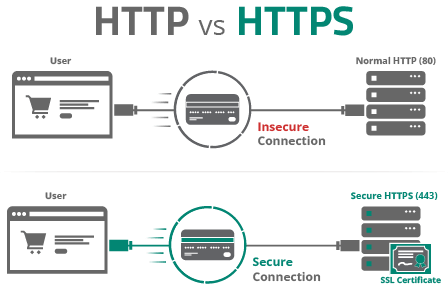How to Configure SSL Certificate for Your Website
Securing your website with an SSL certificate is crucial for protecting the transfer of sensitive information between your website and its users. In this article, we will walk you through the process of configuring an SSL certificate for your website.
Step 1: Purchase an SSL Certificate
The first step in configuring an SSL certificate for your website is to purchase one from a trusted certificate authority. There are many certificate authorities to choose from, so be sure to do your research and select one that fits your needs and budget.
Step 2: Generate a Certificate Signing Request (CSR)
After purchasing an SSL certificate, you will need to generate a Certificate Signing Request (CSR) from your web server. The CSR is a file that contains information about your website and is used to create your SSL certificate.
Step 3: Install the SSL Certificate
Once you have received your SSL certificate from the certificate authority, you will need to install it on your web server. This process will vary depending on your server configuration, so be sure to follow the specific instructions provided by your certificate authority.
Step 4: Configure SSL Settings on Your Web Server
After installing the SSL certificate, you will need to configure the SSL settings on your web server to ensure that your website is properly secured. This may include configuring encryption protocols, setting up SSL redirects, and enabling HTTPS on your website.
Step 5: Test Your SSL Configuration
Once you have configured your SSL certificate and settings, it is important to test your SSL configuration to ensure that it is working properly. You can use online SSL testing tools to check for any issues or vulnerabilities in your SSL setup.
Step 6: Renew Your SSL Certificate Regularly
SSL certificates have an expiration date, so it is important to renew your SSL certificate regularly to ensure that your website remains secure. Be sure to set up reminders to renew your SSL certificate before it expires to avoid any security issues.
Conclusion
Configuring an SSL certificate for your website is essential for protecting your website and its users from potential security threats. By following the steps outlined in this article, you can ensure that your website is secure and that sensitive information is encrypted during transmission.
